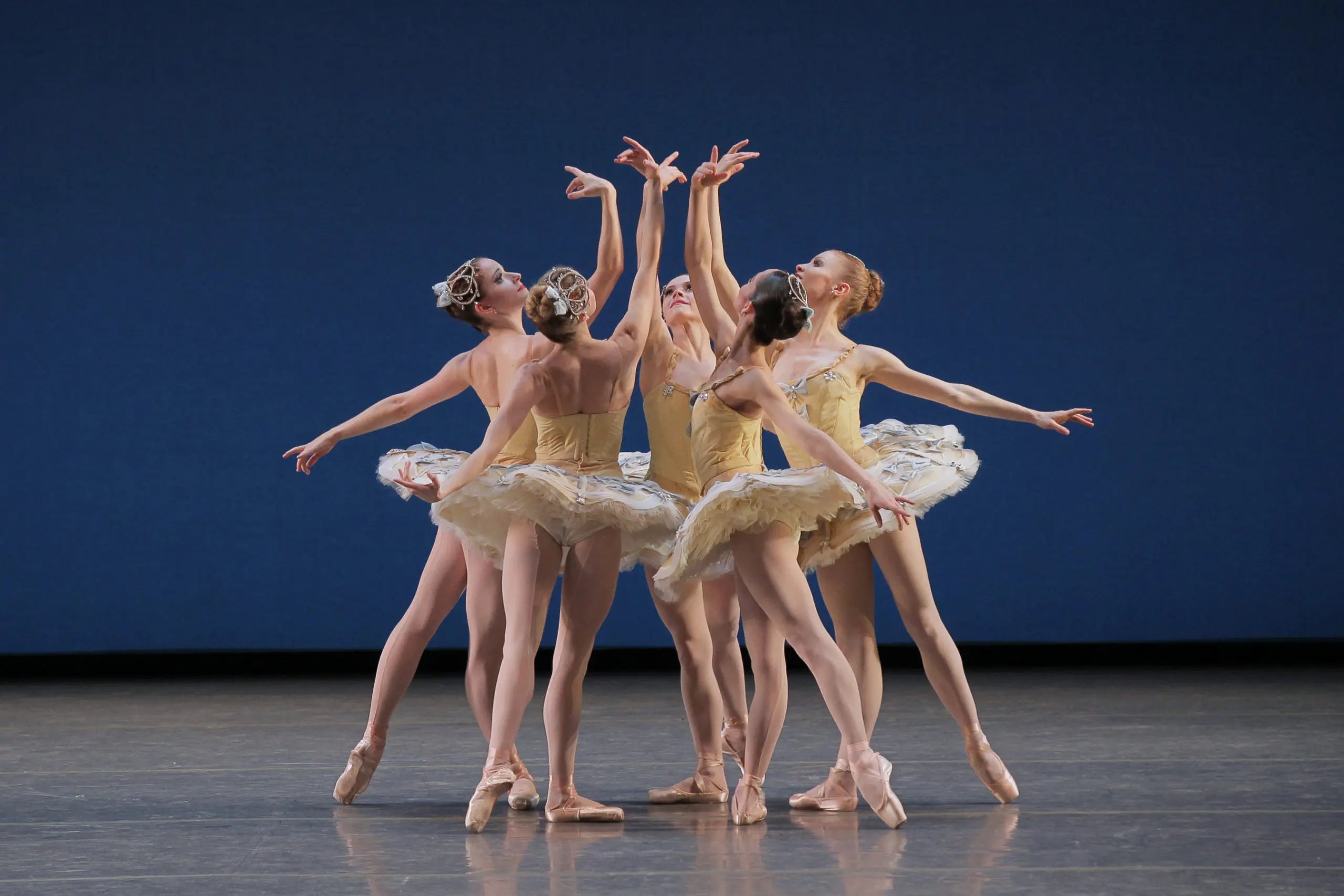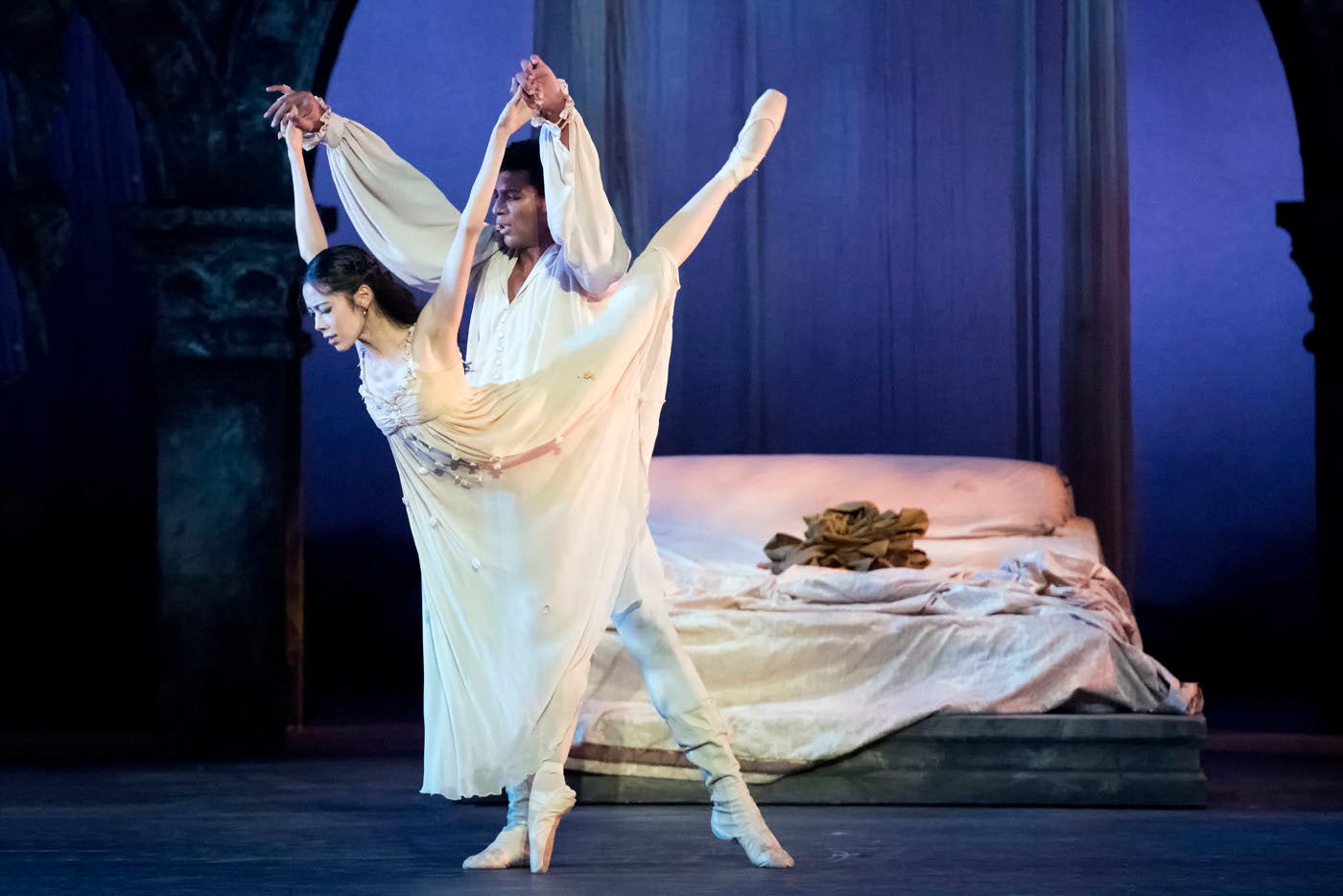Divertimento
The David H. Koch Theater looked particularly festive during New York City Ballet’s winter season. Nearly 200,000 balloons of different sizes and colors, assembled in elaborate garlands and constellations—a pop art installation by the Turkish-American visual artist Jihan Zencirli (a.k.a. Geronimo)—transformed the theater’s atrium into something akin of a gigantic playground.
Plus













